“Pardon me, boy, is that the Chattanooga Choo Choo?
Track twenty-nine, boy you can gimme a shine
I can afford to board a Chattanooga Choo Choo
I’ve got my fare and just a trifle to spare” – Chattanooga Choo Choo (Gordon/Warren) © Sony/ATV Music
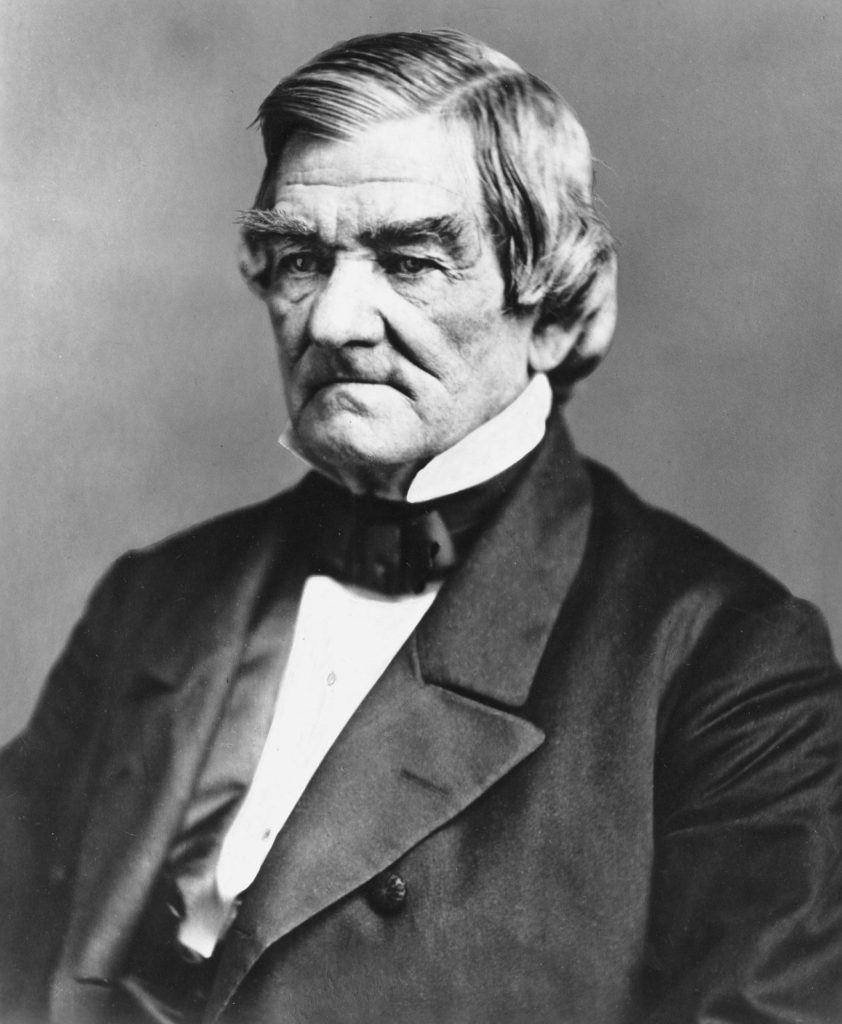
Chief John Ross 
The earliest inhabitants of the Chattanooga, Tennessee area were the Native Americans, with Cherokee occupation of the region dating from 1776. John Ross, who eventually became Principal Chief, established Ross’s Landing in 1816, located along what is now Broad Street. It would become a primary center for the Cherokee Nation, which extended into Georgia and Alabama.

In 1838 the U.S. government forced the Cherokee people, along with other Native American tribes, to relocate to the area designated as Indian Territory. The following year the community of Ross’s Landing would be incorporated as the city of Chattanooga.
Being ideally suited for waterborne commerce due to its situation beside the Tennessee River, the city quickly grew. When the railroad arrived in 1850, Chattanooga became a boomtown. The city’s location, where the fertile cotton-growing lowlands of the Deep South meet the mountainous region of southern Appalachia, made it a natural gateway between north and south. This distinction would cause Chattanooga to see plenty of action during the American Civil War when the city proved to be a transportation hub connecting half of the Confederacy’s arsenals.
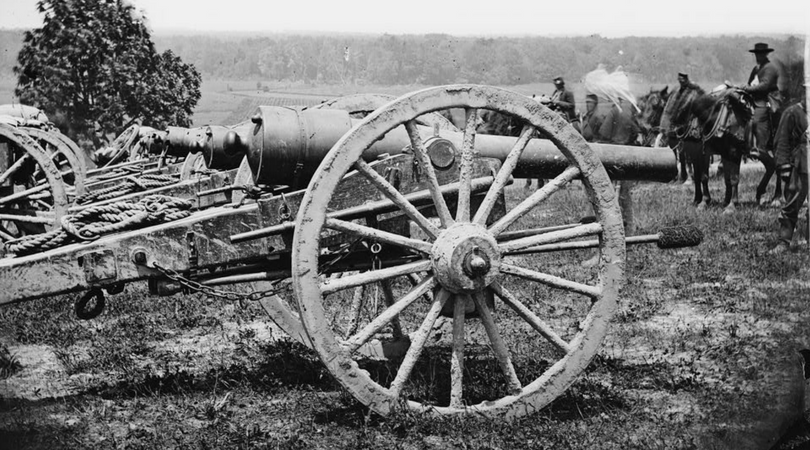
The First Battle of Chattanooga was fought June 7-8, 1862. It was a minor artillery battle, precipitated when Maj. Gen. Ormsby M. Mitchel ordered Brig. Gen. James Negley, who commanded a small division, to lead an expedition to capture Chattanooga. The Union artillery shelled the city for a day and a half before withdrawing, and although the Confederate losses were minor, it served as a warning that the Union forces could attack deep within the enemy territory at will.
The Second Battle of Chattanooga began on August 21, 1863, when Col. John T. Wilder’s brigade marched to a location northeast of Chattanooga and ordered the 18th Indiana Light Artillery to begin shelling the town. Soldiers and civilians were caught off guard as many were in church observing a day of prayer and fasting. The shelling continued periodically over the next two weeks, allowing the Union army to surround the city to the south and west.
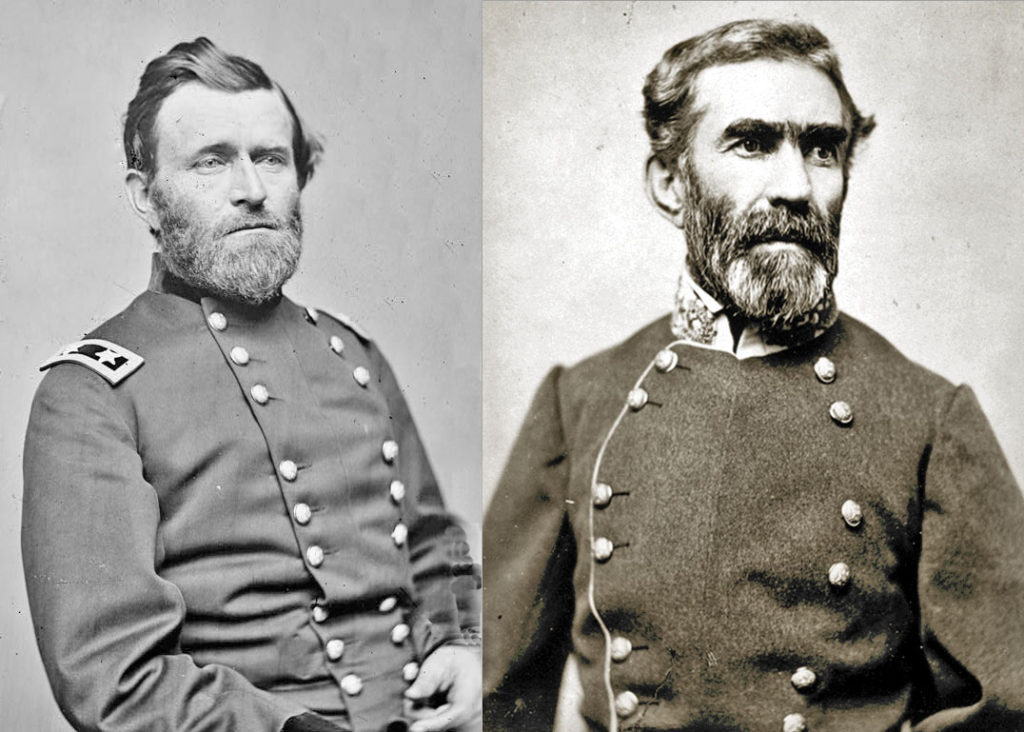
In the fall of that same year, Union forces withdrew to the city of Chattanooga after the Confederate victory at Chickamauga in September. The Confederate Army under Gen. Braxton Bragg quickly laid siege, cutting off the Federals’ supply lines. Being ordered by President Abraham Lincoln to end the siege at Chattanooga, Maj. Gen. Ulysses S. Grant opened the “Cracker Line” across the Tennessee River, allowing the Army of the Cumberland inside the city to be resupplied. In mid-November, Maj. Gen. William T. Sherman’s Army of the Tennessee arrived in the city, as well.

From November 23 to November 25, 1863, Union forces fought Confederate troops at the battles of Lookout Mountain and Missionary Ridge. The Union victories at these locations drove the rebels back into Georgia. The siege was broken, and the path clear for Gen. Sherman’s march to Atlanta, and ultimately on to Savannah. The vital railroad hub of Chattanooga was securely in Union control and would remain so for the duration of the war.

“You leave the Pennsylvania station ’bout a quarter to four
Read a magazine and then you’re in Baltimore
Dinner in the diner, nothing could be finer
Than to have your ham ‘n’ eggs in Carolina” – Chattanooga Choo Choo (Gordon/Warren)

The reconstruction period following the Civil War found the city of Chattanooga retaining its prominence as a commercial hub, and as the “Gateway to the South”. In the post-war decades, railroads were rapidly expanding across the country, and the city of Cincinnati, Ohio desired a rail link to Southern cities & ports. In order to overcome legal obstacles, the Cincinnati Southern Railway was built with municipal funds and continues to be city-owned to this day, although the city leases its use to Cincinnati, New Orleans and Texas Pacific Railway (CNO&TP), which is a subsidiary of Norfolk Southern.
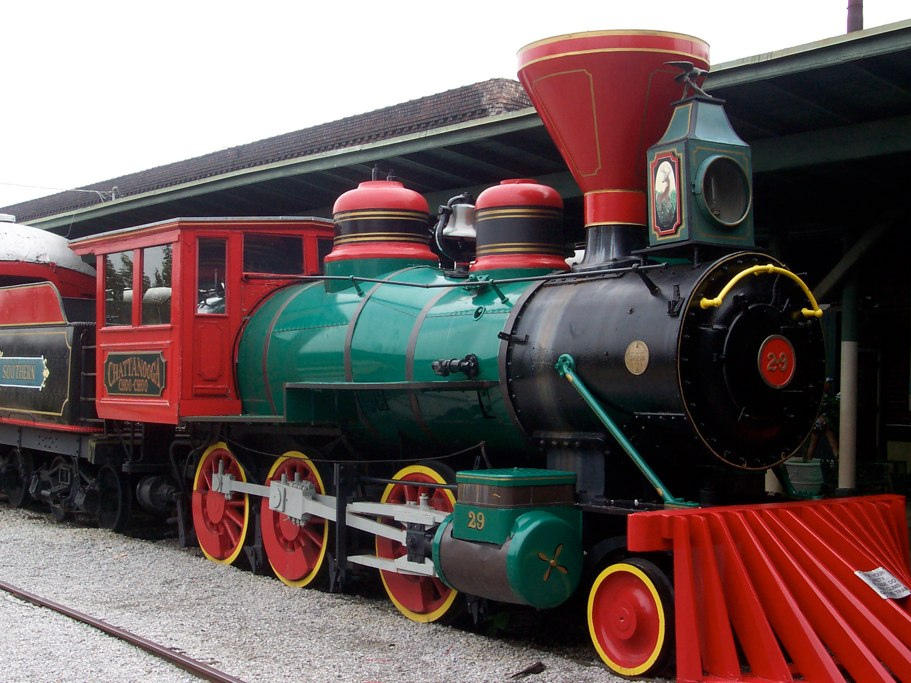
On May 8, 1880, the first passenger train made the 337 mile trip from Cincinnati to Chattanooga, and the Chattanooga Choo Choo was born. Although the railroad never officially operated a train bearing that name, the “Choo Choo” moniker referred to a small wood burning 2-6-0 type locomotive, which was operated by the Cincinnati Southern, and is now a museum piece.
“When you hear the whistle blowin’ eight to the bar
Then you know that Tennessee is not very far
Shovel all the coal in, gotta keep it rollin’
Woo, woo, Chattanooga, there you are” – Chattanooga Choo Choo (Gordon/Warren)

The Birmingham Special was a passenger train operated jointly by the Southern Railway, Norfolk and Western Railway, and Pennsylvania Railroad. While making a journey upon this train, songwriters Mack Gordon & Harry Warren wrote their hit song, “Chattanooga Choo Choo”. In 1932 the Birmingham Special had been rerouted to include Chattanooga as a stop along its path from Pennsylvania Station in New York City, to Birmingham, Alabama. Although Pennsylvania Station never had a track 29, as the song states, Southern Railway designated the train as #29 in the southbound direction. Along with other references within the song’s lyrics, it’s apparent that the authors were exercising a degree of imagination & artistic license.

On May 7, 1941, Glenn Miller and his Orchestra recorded “Chattanooga Choo Choo” in Hollywood, California, as an extended production number for the 20th Century Fox film Sun Valley Serenade. Several months later it was released on RCA Victor’s Bluebird label as the B-side of a 78 rpm phonograph disc. Featuring the vocals of Tex Beneke, Paula Kelley, and the Modernaires, the song reached #1 on the Billboard Best Sellers chart on December 7, 1941, where it remained for nine weeks. In February 1942 the release was the first to be recognized as a certified gold record for sales of 1.2 million units. The song was also nominated for an Academy Award for its appearance in the film. The song’s huge success was deemed to be remarkable considering the fact that due to the ASCAP boycott the song had not been heard on the radio during 1941.


Tex Beneke 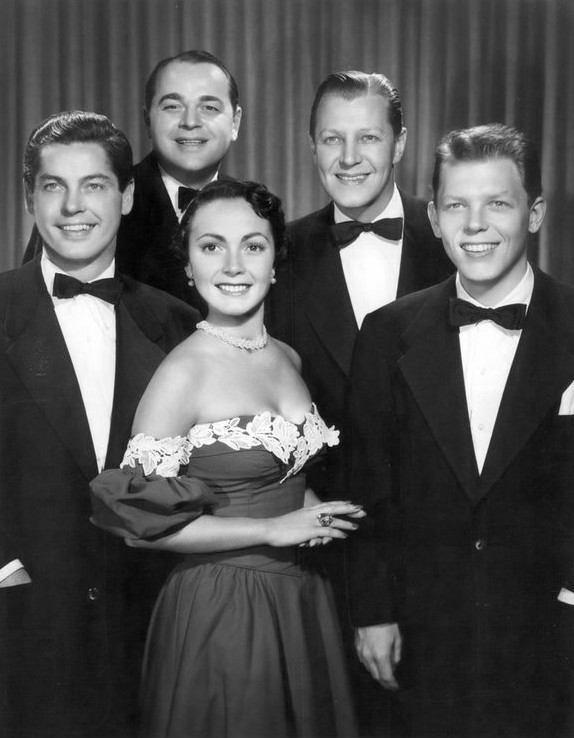
Paula Kelley and the Modernaires
In the decades following Glenn Miller’s iconic recording, the song has been recorded by dozens of artists, including Beegie Adair, the Andrews Sisters, Ray Anthony, Asleep at the Wheel, BBC Big Band, George Benson, Regina Carter, Ray Charles, Harry Connick, Jr., Ray Conniff, John Denver, Ernie Fields, Stéphane Grappelli, Susannah McCorkle, Oscar Peterson, Hank Snow, Cab Calloway, Carmen Miranda, Floyd Cramer, Bill Haley and His Comets, Barry Manilow, Herb Alpert, Steve Lucky & the Rhumba Bums, and The Muppets. The song has also been featured in numerous movies and TV shows.
In 1996, Glenn Miller’s original 1941 recording of “Chattanooga Choo Choo” was inducted into the Grammy Hall of Fame.
As with many of the songs that I have featured in this blog I gleaned a few new details while researching this recording with which I had felt quite familiar. Learning that the song reached the #1 position on the Billboard charts on what we now call Pearl Harbor Day caused me to reflect on what it meant to folks at the time. The fact that it stayed at #1 for nine weeks tells me that the song was in some way a medicine that helped a grieving population heal from tremendous wounds.
“There’s gonna be a certain party at the station
Satin and lace, I used to call funny face
She’s gonna cry until I tell her that I’ll never roam
So Chattanooga choo choo
Won’t you choo-choo me home?” – Chattanooga Choo Choo (Gordon/Warren)
Coming May 11 @ A Train Song: Will I See You Tonight?
Sources:
https://www.history.com/topics/american-civil-war/battle-of-chattanooga
https://www.battlefields.org/learn/civil-war/battles/chattanooga
https://en.wikipedia.org/wiki/Battle_of_Chattanoogahttps:
//www.nps.gov/chch/learn/historyculture/battles-for-chattanooga.htm
https://en.wikipedia.org/wiki/Chattanooga,_Tennessee
https://en.wikipedia.org/wiki/Chattanooga_Choo_Choo
https://www.american-rails.com/chattanooga.html
All photos sourced through internet searches unless otherwise noted.
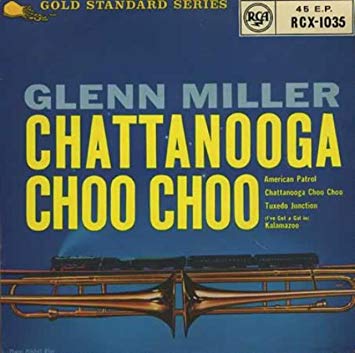

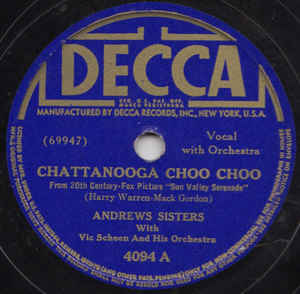
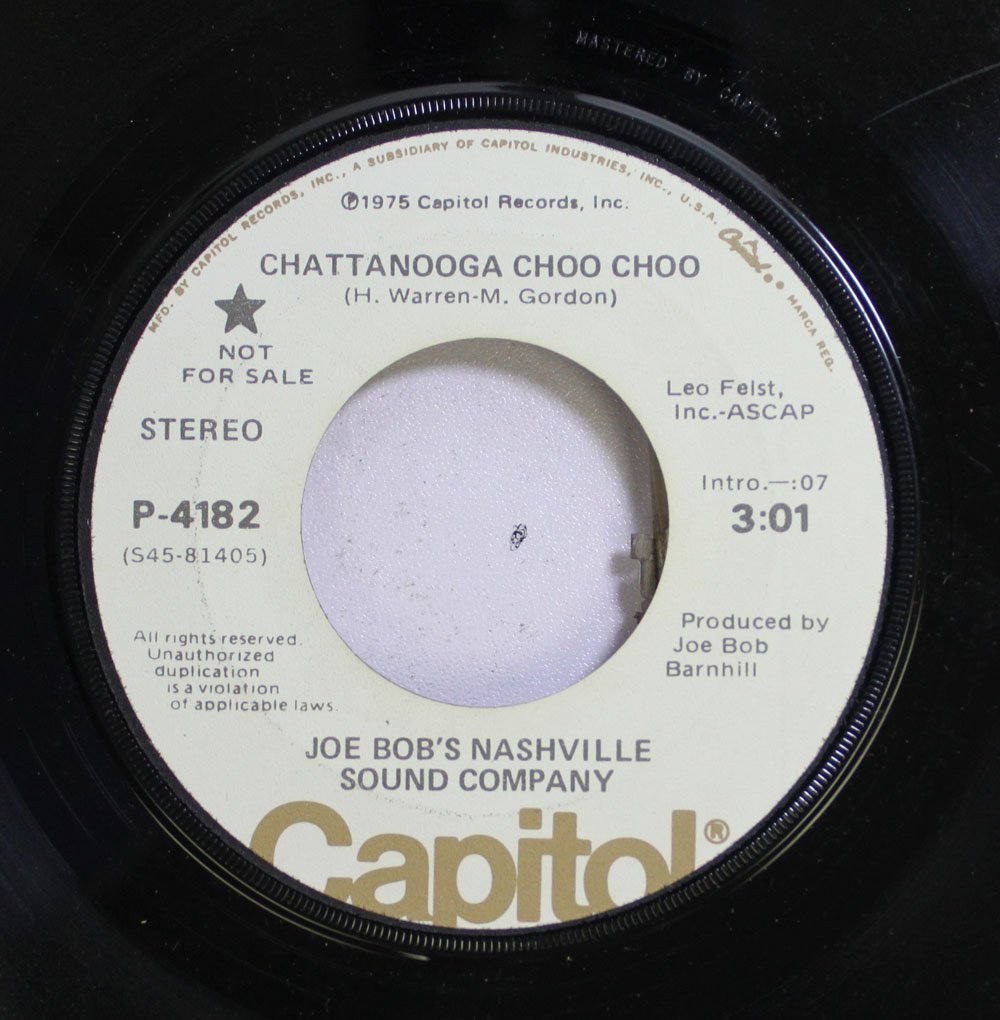
So glad I watched the Glen Miller clip to the end or would have missed the fabulous tap dancers. Thank you for researching and finding all of this Richard! The whole article, from Chattanooga’s beginnings until the Choo Choo number, was fascinating.
C. Short, your comments are appreciated, especially because I know you to be an intelligent and discerning reader. Thank for tuning in and being a supporter of my labor of love.
Sweet blog! I found it while browsing on Yahoo News.
Do you have any suggestions on how to get listed in Yahoo
News? I’ve been trying for a while but I never seem to get there!
Many thanks